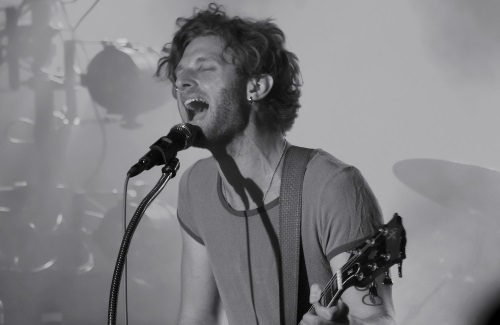No place is an engineer’s talent more tested than with vocals. A singer’s range, frequency characteristics, and vocal style all contribute to the specific sound and how it’s treated in a mix.
Song arrangement is another influence. Anything’s possible, whether it’s a lead with backing vocals, multiple leads taking turns, guest vocalists, duets, and many other combinations, and this interplay is another factor in mix decisions.
With so many variables and possibilities, here are a handful of strategies that can help in tackling whatever happens on stage.
Out Of Range
Tom Jones once said in an interview that he was offered songs no one else could sing because of his range. He explained that most pop artists don’t have the range to sing those particular songs, and when presented to operatic singers, they made the songs sound, well, “operatic.”

From personal experience, we know that vocalists will sing out of their range, but it’s still up to us to make them sound good. After all, they – and the audience – expect it.
A key is recognizing that frequency properties change out of range, which destroys any semblance of vocal EQ work done when in-range. That bump at 1.5 kHz might need to become a tight 6 dB cut. In other words, it’s time for a remix.
I view these mixes as if it were an entirely different singer, where only the gain stays the same. Reset the high-pass filter (HPF) and then go after the harsh frequencies. Singing outside the range tends to emphasize frequencies from 500 Hz to 2 kHz (in general), depending if the particular vocalist is above or below his/her range.
Also, re-evaluate presence (1.5 kHz to 8 kHz) and clarity (2 kHz to 9 kHz). The higher the pitch, the more these frequencies require tuning.
High-Five The High-Pass
The aforementioned HPF, a staple tool in mixing vocals, should be considered with respect to the size of the band. For larger groups, let the low-end instruments own the low end, and roll off the lows from the vocals. This eliminates unhelpful vocal lows as well as stage noise that seeps into the microphone.
With smaller groups, it can help to turn off the HPF. For example, with an act made up of a guitarist and a singer, this will provide the “space” to allow the lows to be used in the mix for a “warmer,” more natural sound.
Fixed-point HPFs in consoles tend to be focused on the 80 Hz to 100 Hz mark, but variable HPFs can run much higher – and they should be if the situation requires it. I typically run my vocal filters in the 140 Hz to 160 Hz range, and go as high as 180 Hz depending on the singer.
Also note that the frequency properties of microphones can attenuate lower frequencies, i.e., the Shure SM58 rolls off the lows below the 120 Hz region.















